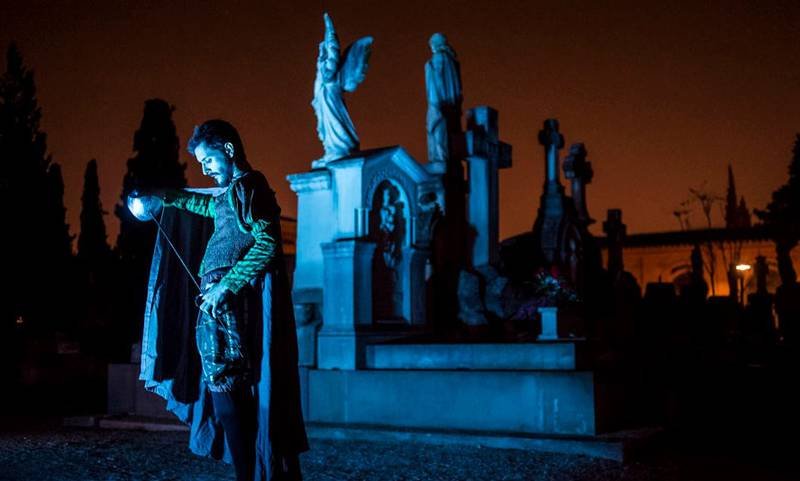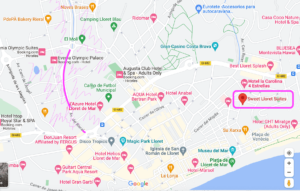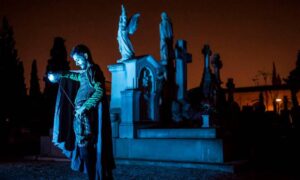All Saints Origins
All Saints is a christian holiday with origins on Celtic celebrations.
Around November, Celtic people used to celebrate the arrival of the darkest period of the year, a moment that they considered to be magical, believing that connections were established between the world of the living and the dead.
For All Saints, the cold weather is approaching and daylight is getting shorter. The leaves start to fall from the trees, creating an apparent death in nature. As a reflection of this cycle, many cultures instituted the day of remembrance of the dead around these dates.



In Christianism, the celebrations of All Saints Day started in the 7th century, instituted by Pope Boniface IV when he dedicated the Pantheon in Rome (which before was considered as a pagan temple) to the Blessed Virgin Mary, honoring all the saints on Catholic church.



Celebrations in Spain
All over Spain, people celebrate this holiday by going to cemeteries and bringing flowers to the deceased loved ones.
In Seville, people celebrate the Night of Don Juan Tenorio, a literary character created by spanish writer José Zorrilla in 1844. It’s a romantic story with a spiritual and supernatural outcome, and that’s why it is represented on All Saints Eve.
People get together on the streets of Santa Cruz neighborhood, recreating the story with music, poetry and sonnets, while making their way to San Fernando Cemetery, finishing the night with a theatrical performance, very traditional between the locals.




In Barcelona, apart from visiting the cemetery, All Saints Day is time for Castanyadas (festivals organized by the neighbors to eat toasted chestnuts) and Panellets – a typical sweet made of chestnuts and pine nuts. Local pastry shops even have a competition to select the best Panellet in town!



In Spain you can also find Buñuelos and Hueso de Santo (Saint’s bone), two pastries that have influences from Arab culture, becoming popular all over the country at this time of year. “Saint’s bone” is called this way for its color and shape, and it’s made of marzipan.



Different Cultural Influences
The Halloween celebrations typical from the United States and Día de los Muertos of Mexico also became popular in Spain, gaining more adepts especially between younger people. You can find costume parties, jack-o-lanterns and spooky events at the same time you’ll see Mexican altars celebrating the ancestors and parades where people paint their faces like the skull “Catrina”. Those multicultural celebrations are a great way to enjoy the holiday with family and friends.



We hope you have enjoyed this article and learned more about the origins and celebration of this Holiday. If you’d like to know more, ask our team! We will be happy to help you enjoy All Saint Day in Barcelona or Seville.








